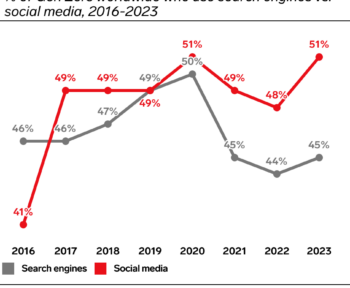Retail Media Networks (RMN) has emerged as a powerful advertising channel and will account for 21.6% of all digital ad spending in 2024 up from 15.1% in 2019, according to forecasts from market research company Emarketer.
More and more industries are entering the segment: Airlines, Hotel chains, …
Yesterday JPMorgan Chase, America’s biggest credit card issuer, is the latest company to jump on retail media advertising.
The bank recently launched Chase Media Solutions, a new unit that will allow advertisers to target Chase customers with personalized deals and discounts based on their spending history and transaction data.
The ambition of Retail Media Networks (RMNs) is to directly link ads to sales.
However, there’s a serious attribution problem: Brands are looking for incremental sales.
Retail Media Networks (RMNs) often take a walled garden approach to protect their data
Retailer platforms will target some cheap network site, or even made-for-ad (MFA) sites, and if that person purchases within the attribution look-back window, the retailer credits itself for the sale.
If all those MFA ad placements disappeared, the number of actual product sales on retail platforms would essentially remain unchanged because these ads don’t drive any value.
Advertisers would see a shift from sales attributed to Ads to more organic sales.
By doing this RMNs inflate their return on ad spend.
Brands are left beset by RMNs using their ad dollars to serve placements the brands would never pay for themselves.
Brands feel powerless to change the situation.
The attribution wars are just heating up.



